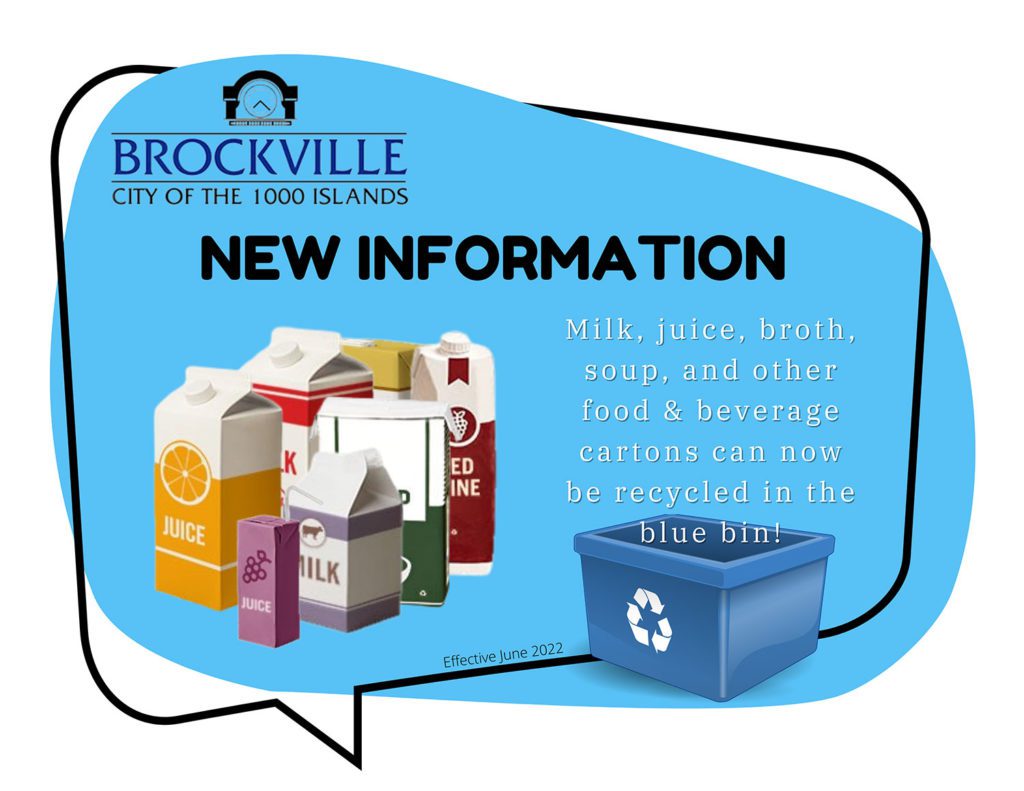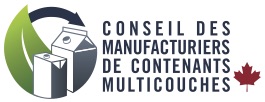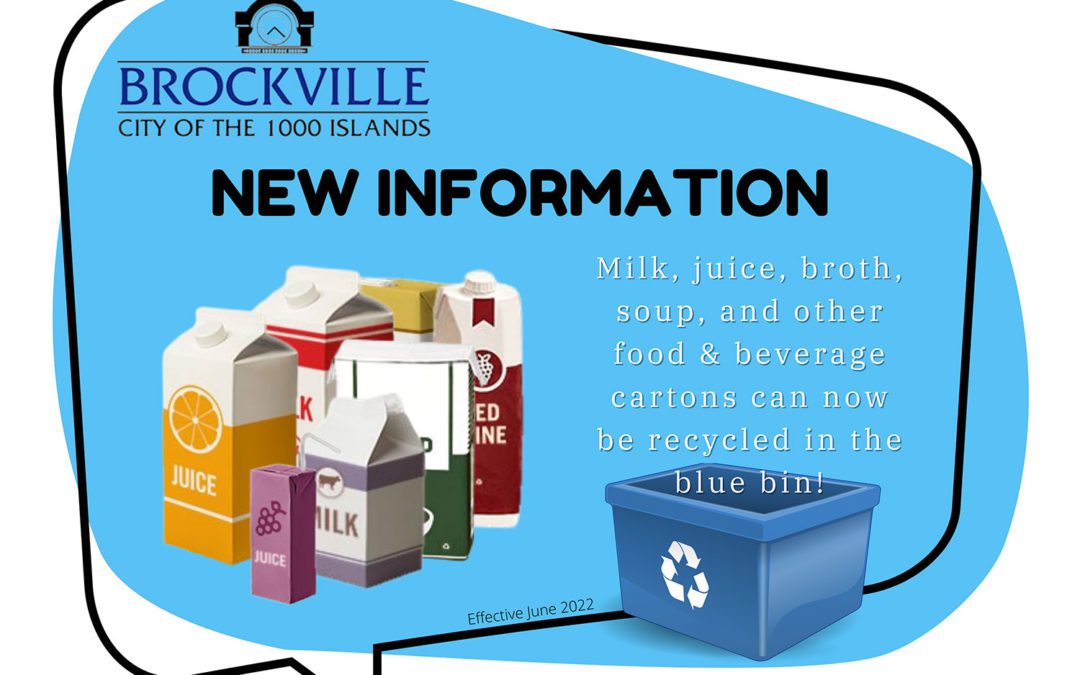Although carton recycling enjoys a high level of accessibility in Canada (i.e., about 90% of households have access to carton recycling in Canada), some residents still cannot recycle cartons through their local residential program. All is not lost, however, as the Carton Council of Canada (CCC) is pleased to report that the City of Brockville and the Township of North Glengarry (both located in Ontario) have recently begun accepting all cartons for recycling.


According to CCC’s Managing Director, Isabelle Faucher, for those communities where carton recycling is still not a reality but might be considering adding cartons to their program, there are some good reminders to keep in mind:
- Communication is key, especially in those cases where the municipality relies on a private facility to process its materials. When it comes to the decision about what materials to include in, or exclude from, a municipal recycling program, there is often a lack of clarity about the roles and responsibilities of the parties involved. For example, the service provider may be under the impression that the decision not to take cartons is one that the municipality has made, while the municipality may believe that it was the Material Recovery Facility’s (MRF) decision. In most cases, municipalities do make the final decision about what is included and excluded in a local program, but a relatively quick conversation between the two parties can help alleviate any confusion. Once these kinds of misunderstandings are resolved, a path forward is typically clearer.
- Myths and misconceptions about cartons still remain. Even among the recycling industry, some still believe that cartons are wax-coated and are therefore not recyclable. Others believe that only gable top cartons are recyclable since shelf-stable (aseptic) cartons contain aluminum foil. Both of these statements are myths – what you may see as wax on a carton is actually a thin layer of polyethylene (plastic) and shelf-stable cartons on average contain only 4% aluminum. Both polyethylene and aluminum are separated from the carton’s main component – fibre – during the repulping process at the MRF and can be turned into new products in the form of pellets (the pellets are typically used in the manufacturing of products such as pallets and flowerpots), or as ceiling and roofing tiles. Alternatively, as the name indicates, the “whole carton recycling process” turns all carton components into building materials.
- Cartons represent 1-2% of the total blue box volume. It might be encouraging to note that adding cartons to a recycling program does not represent a significant increase in processing capacity. It does, however, represent an opportunity to grow a program’s diversion and to respond to constituents’ desire to be able to divert more materials from disposal.
- Where there is a will, there is a way. Even some of the smallest MRFs in Ontario have been able to make changes to be able to accept cartons in their program, and sort them positively. As an example, the R.A.R.E./Township of North Glengarry MRF was recently able to reintegrate all cartons into their program (previously only gable top cartons were accepted) and put in place separate sorting of cartons – all by turning a storage bunker into two storage units by building a wall in the middle of it! It’s innovations like this that remind us that small changes can have tremendous impact.
- Opportunity abounds. In Ontario, the impending transition to a producer-led framework under the new Blue Box Regulation presents an important opportunity for future service providers – municipal and private. As of 2026, cartons will be on the list of mandated items for collection, and there will most likely be a requirement to sort them into their own grade. Implementing actions now can help actors get ready for the transition by positioning respondents as strategic long-term partners to Producer Responsibility Organizations (PROs) and their producers. This also holds true in Canadian jurisdictions that are on the verge of enacting EPR legislation for packaging (Alberta) as well as for others who, like Ontario, are transitioning their program from a shared model to an industry-led one (Saskatchewan, Manitoba).
Finally, keeping in touch with CCC, whether for updates or new ideas or support in transitioning your facility to accepting cartons has also proved helpful to a number of municipalities and MRFs.
For instance, Lyndsay d’Entremont, Solid Waste Officer at the City of Brockville, shared: “The City of Brockville was pleased to be approached by the Carton Council and our recycling processor to inform us that cartons are in fact recoverable in our single-stream recycling program. Once we were made aware of this, we posted the news on our webpage and updated our searchable “What Goes Where?” database. We believe residents will be very happy with the news, as many have inquired in the past about recycling milk cartons and juice boxes.”
If you are interested in learning more about the possibility and benefits of carton recycling and what king of support CCC can offer, please don’t hesitate to reach out to Isabelle at ifaucher@recyclecartons.ca.


